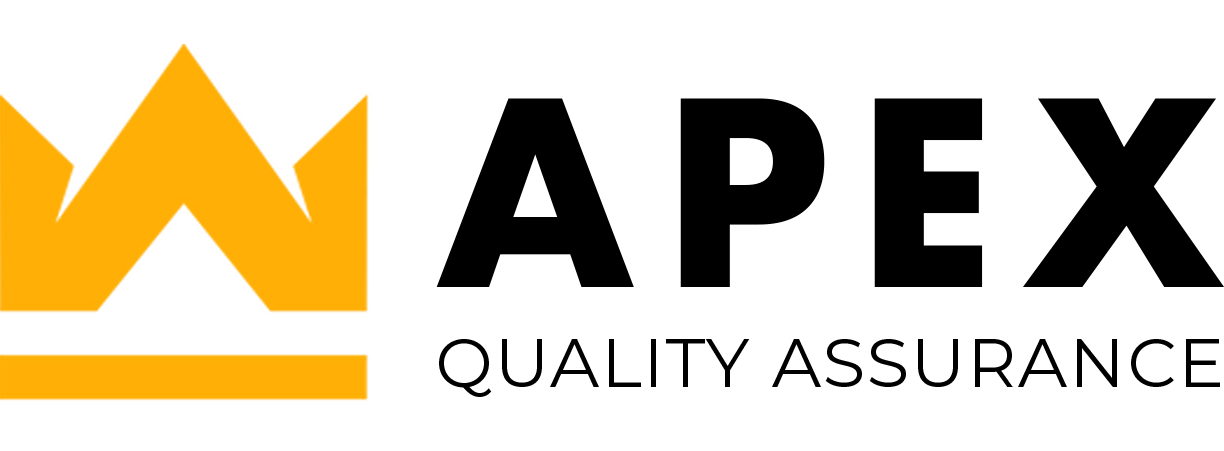How Your Life Became Easier With the Newest Update in Aerospace QA
AS13100A sets a new standard across all aerospace and defense manufacturing industries. More than just a mandatory update, AS13100A emphasizes harmony, calling all aerospace QA leaders back to the classroom to refresh their knowledge and align themselves with the unified expectations laid out by AESQ. It isn’t just about compliance, it’s signaling a shift to build smarter systems from the ground up.
Root Cause Analysis – Clause A.8.2.2
AS13100’s A.8.2.2 clause was expanded, adding new expectations for effective and universal root cause analysis comprehension. Changes occurred specifically within the methodologies used to investigate gaps. Now standardized, new methodologies required of all production stages include:
- 8D Problem-Solving
- 5-Why
- Fault Tree Analysis (FTA)
- Fishbone Graphs (also known as Ishikawa diagrams)
By codifying these tools, AS13100A moves RCA from a variable exercise to a repeatable science.
For manufacturers, the implications of these changes are a proactive shift in the direction of systemically preventing flaws instead of simply reacting to problems as they come. Containment as an end goal becomes an afterthought as root cause thinking becomes more embedded into QA culture, leading to smarter, sleeker solutions to potentially expensive problems. Additionally, personnel will have their workspaces revitalized with a more adaptive, dynamic approach to processes, minimizing stress and encouraging proactivity.
For OEMs, these changes stretch beyond the shop floor, centralizing a specific recognized data set allows for one supplier’s root cause analysis report to look a lot like another’s. A streamlined comparison process also lends itself to quicker findings in cause attribution as well as an ability to track larger trends.
Unified Classification and Control of Key Characteristics – Clause B.3
Where standardized RCAs improve how we understand problems, standardized Key Characteristic practices improve how we prevent them. In the spirit of the synchronized methodologies presented in RCA, Clause B.3 builds on this by uniting all Key Characteristics (KC) with a standardized framework. Perfect for identifying and managing KCs, this section was amended to ensure that all KCs were marked in technical documentation, controlled using statistical process control techniques, and integrated into PFMEAs.
As KCs previously varied by OEm and supplier interpretation, the path to a shared language and methods has created a growing universal understanding shared by all the cogs of the QMS clock. In time, these changes will mend alignment between engineering and production as well as provide statistics integral to the advancement of RCA practices.
Defined On-Time Quality Metrics and Reporting Requirements – Clause C.2
Of course, managing risk is only part of the equation. Measuring quality performance and speaking the same measurement language are equally vital. AESQ has now defined a specific set of report performance metrics that all suppliers need to follow:
- Delivery Performance (DP): Timely shipment against committed dates
- Quality Performance (QP): % of product conforming to requirements or defects per million opportunities
- Escape Management (EM): Frequency and severity of quality issues that reach the customer undetected
These measures increase accountability among OEMs, ensuring responsibility and comprehension while honing their own QMS.
The implication of these changes includes a supply-chain-wide increase in transparency and performance. As is true with all other listed changes, exchanges between OEMs and suppliers will now be on a strictly apples-to-apples basis. No more confusion on terms, timing, and quality. But how do you turn these standards into repeatable results? That’s where structured quality planning comes in.
How Can You Prepare Your Organization For These Changes?
Each of these changes: root cause tools, KC frameworks, and aligned metrics all rely on a strong foundation in project planning and process validation. At APEX QA, we offer classes focused on APQP and PPAP to further your knowledge on documentation and project management.
In our live online offering of this training, you’ll have access to an experienced professional who is navigating the same hurdles you are. High-quality feedback in the shifting environment of QA is integral to the success of any budding quality manager.
Final Thoughts
It’s important to remember that AS13100A doesn’t exist as a new set of hoops to jump through. It represents a step forward in constructing a universal system across the aerospace and defense industry. With each update IAQG releases, the focus is honed, identifying and diagnosing problems before they cost your business time and money.
Keeping quality processes efficient and consistent is the goal of any quality professional, and these new guidelines help achieve that. For today’s QA professionals, tools like APQP and PPAP aren’t just preparation- they’re how we turn compliance into a competitive advantage.
Ready to move from compliance to confidence? Explore APEX QA’s APQP and PPAP training programs today and position your team for long-term quality leadership in a changing industry.
Email Us: info@apexqualityassurance.com
Call Us: (919) 635-5581
Note: This blog post is based on the latest information available as of May 8, 2025. For the most current updates, please refer to the official AS13100A documentation and resources provided by the Aerospace Engine Supplier Quality (AESQ) Strategy Group.



